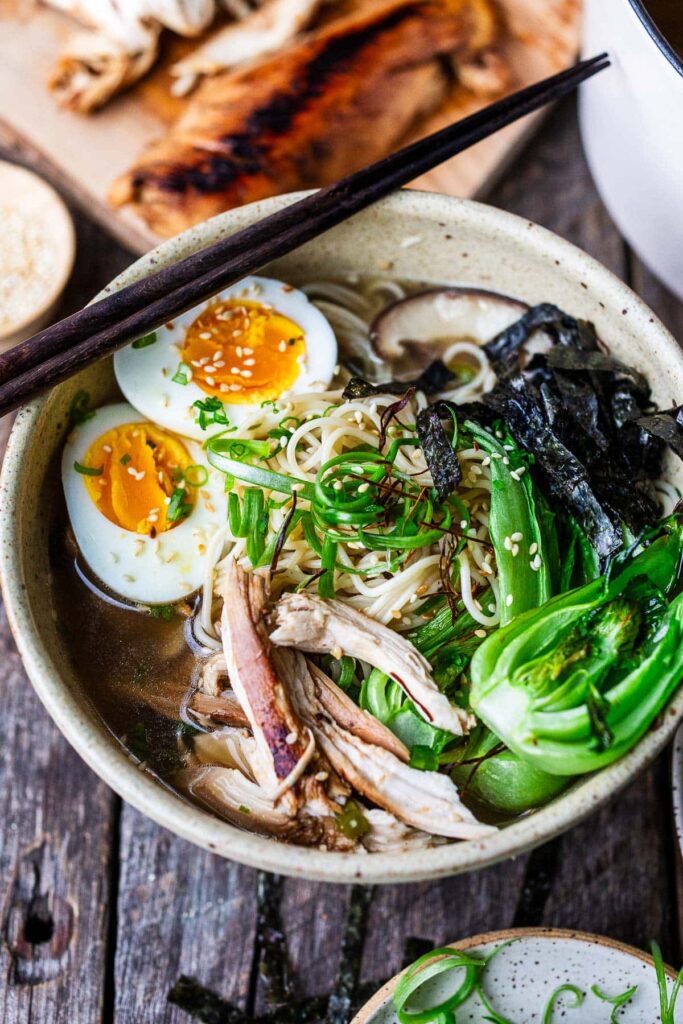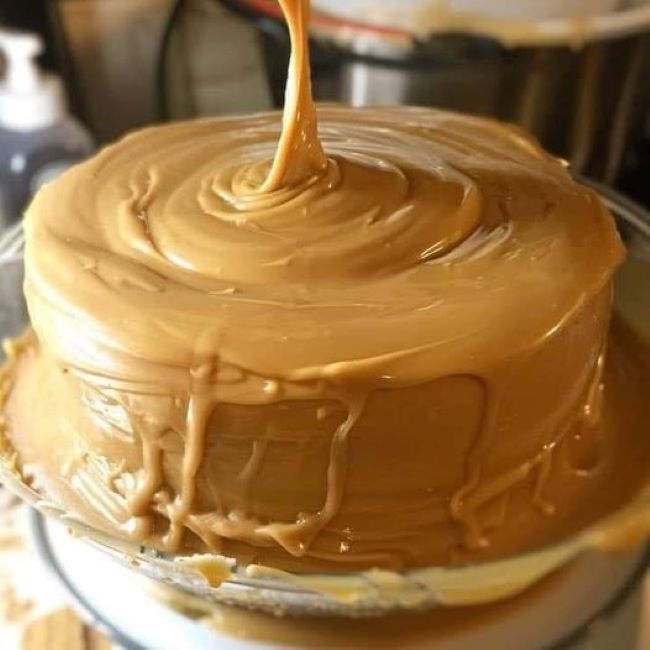Delicious Curd Rice (Thayir Sadam) Recipe
The delicate and mild-flavored South Indian curd rice, known affectionately as Thayir Sadam or yogurt rice, is a comforting dish that serves as the perfect conclusion to a spicy meal. This dish is not just a staple in many South Indian households but also a popular offering in temples. The beauty of curd rice is in its simplicity, immensely soothing, and incredibly easy to prepare—often in under 30 minutes.

What is Curd Rice?
Curd rice is a delightful mixture of cooked rice and curd (yogurt), often enhanced with various spices. Its popularity spans across India, but it truly flourishes in South India, where a tempering of spices adds a refreshing taste to the dish. It’s common to see it offered as prasad (holy offering) in temples or served at the end of meals to calm the stomach after a spicy feast.
This dish is particularly favored for its cooling properties, making it an ideal remedy for the hot summers typical of the South Indian climate.
Curd Rice Names Across India
Curd rice is known by various names throughout southern India. In Tamil Nadu, it’s called thayir sadam, where “thayir” means curd and “sadam” means rice. In Andhra Pradesh and Telangana, it goes by daddojanam, while in Karnataka, it’s referred to as masruanna or mosaranna. In Kerala, you will hear it called thayir choru.
In the northern and western parts of India, curd rice is known as dahi bhaat or dahi chawal, with “dahi” meaning curd. Despite the different names, the essentials of preparation remain consistent, with minor variations in spices.
Are Curd and Yogurt the Same?
No, they are not alike! Yogurt is commercially produced while curd is usually homemade. Both involve heating milk and adding a bacterial culture. However, homemade curd typically contains a single strain of bacteria, while yogurt has a standardized mix of strains. Despite the differences, you can easily swap curd for yogurt in this recipe and vice versa!
Here’s a fun fact: while curd is the term widely used in India, most people in the US refer to it simply as yogurt.
Reasons to Love This Recipe
- A simple yet satisfying meal that takes less than 30 minutes to prepare!
- Perfect for soothing an upset stomach—it’s light on the digestion while also rich in probiotics.
- This dish tastes delightful even after a few hours, making it a fantastic option for lunchboxes or picnics.
- A superb cooling option for those hot summer days.
Health Benefits of Curd Rice
Curd rice is not just delicious; it also comes with several health benefits. It aids digestion, has a calming effect on the body, is rich in probiotics, antioxidants, and healthy fats. This dish is especially recommended for those suffering from digestive issues or seeking relief from the heat during the summer months.
Ingredients for Curd Rice
- 1 cup uncooked rice (Sona masoori or Basmati)
- 2 to 2.5 cups water
- 2 cups thick yogurt (fresh, preferably full-fat)
- ½ to 1 cup whole milk
- 1 cup grated cucumber (optional)
- 1-2 Indian or Thai green chilies (finely chopped)
- 1 inch piece of ginger (grated)
For Tempering
- 1 tablespoon ghee or oil
- 1 teaspoon mustard seeds
- ¼ teaspoon asafoetida (optional)
- 1 teaspoon urad dal (washed and rinsed)
- 2 whole dried red chilies (halved)
- A sprig of curry leaves
Optional Garnishes
- ¼ cup finely chopped cilantro (optional)
- ¼ cup pomegranate seeds (optional)
Instructions to Make Perfect Curd Rice
The secret to delicious curd rice is using fresh, fluffy rice. Follow these steps to create your dish:
Step 1: Cooking the Rice
- Rinse the rice under water until the water runs clear. Soak for about 30 minutes, if time permits.
- Add 2 cups of water (or 2.5 cups for Sona masoori rice) to an Instant Pot.
- Drain the soaked rice and add it to the inner pot. Stir well.
- Seal the lid, making sure the steam valve is set to sealing. Pressure cook for 6 minutes for Basmati rice and 10 minutes for Sona masoori rice.
- When done, let the steam escape naturally. Use a ladle to mash the rice lightly. Set aside to cool for at least 15-20 minutes.
Step 2: Mixing the Ingredients
- In a bowl, whisk the yogurt and milk together until smooth.
- Stir in the grated cucumber, green chilies, and grated ginger into the yogurt mixture. Season with salt.
- Add this yogurt mixture to the cooled rice and mix gently with your hands or the back of a ladle to combine thoroughly.
Step 3: Tempering the Mixture
- In a small pan, heat ghee or oil over medium heat.
- Add mustard seeds and asafoetida. Once the mustard seeds start to sputter, toss in the urad dal, red chilies, and curry leaves.
- Cook for about 10 seconds and pour this tempering over the rice and yogurt mixture.
- Garnish with cilantro, if using, and mix well.
- Serve chilled or at room temperature, paired with pickles or papods for that extra crunch!
Tips for Best Results
- Use freshly cooked rice for the best texture. Leftover rice can work; microwave it with a bit of water to soften.
- Cool the rice completely before mixing with yogurt to avoid curd from breaking.
- Adjust yogurt thickness by adding whole milk, especially if you’re storing leftovers to maintain creaminess.
- Feel free to add any vegetables or spices based on personal preference.
Storage Tips
This curd rice can be kept in the refrigerator for 2-3 days in an airtight container. However, freezing is not recommended as yogurt may separate upon thawing. Reheating is also not advisable due to the risk of yogurt breaking down; serve it cold or allow it to come to room temperature first.
Frequently Asked Questions
1. What can I use as a substitute for curd or yogurt?
You can use sour cream as an alternative, but be mindful that it has a higher fat content than yogurt.
2. How should I pack curd rice for lunch?
To preserve freshness, add extra milk to the curd rice and keep it refrigerated until ready to eat. Doing the tempering at home before consumption would also preserve its flavor.
3. Is it fine to heat curd rice?
Curd rice should be consumed cold or at room temperature. Heating is ill-advised as it can alter the texture and taste of the dish.
4. Can I add more vegetables to the mix?
Absolutely! Feel free to include grated carrots, peas, or even finely chopped spinach for added nutrition and taste.
5. How can I make this dish spicy?
Add more green chilies during the yogurt mixing stage or include a pinch of red chili powder for an extra kick.











